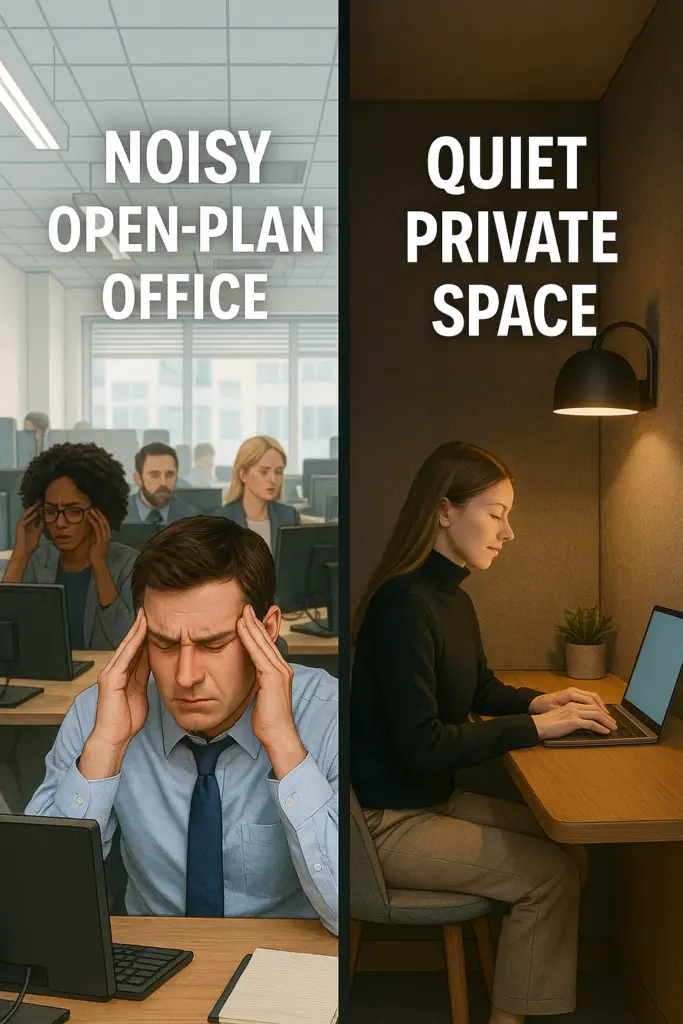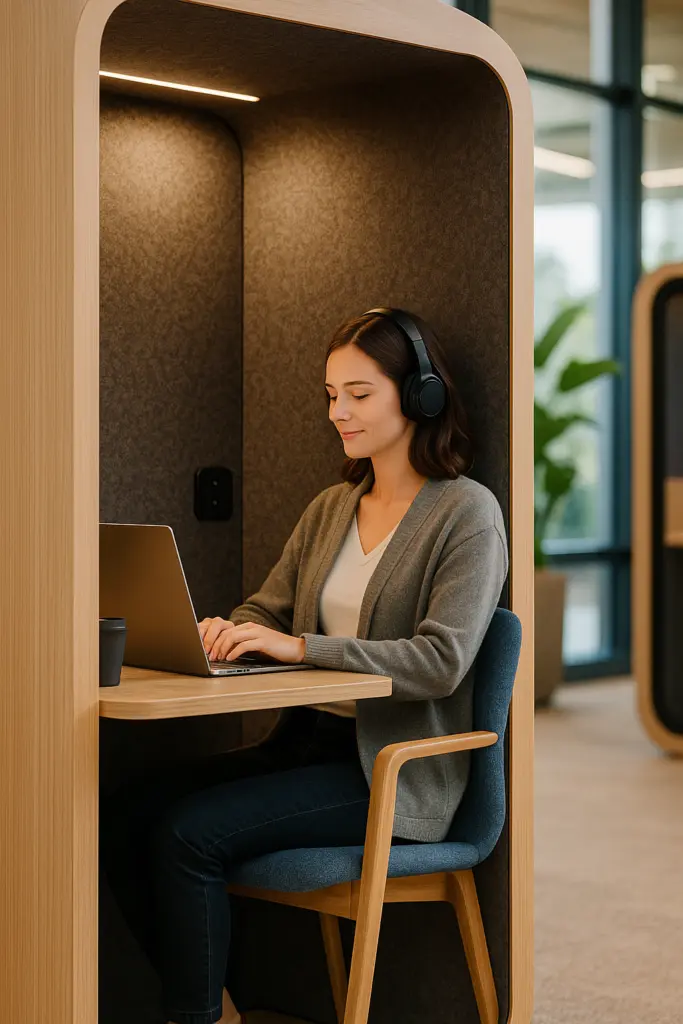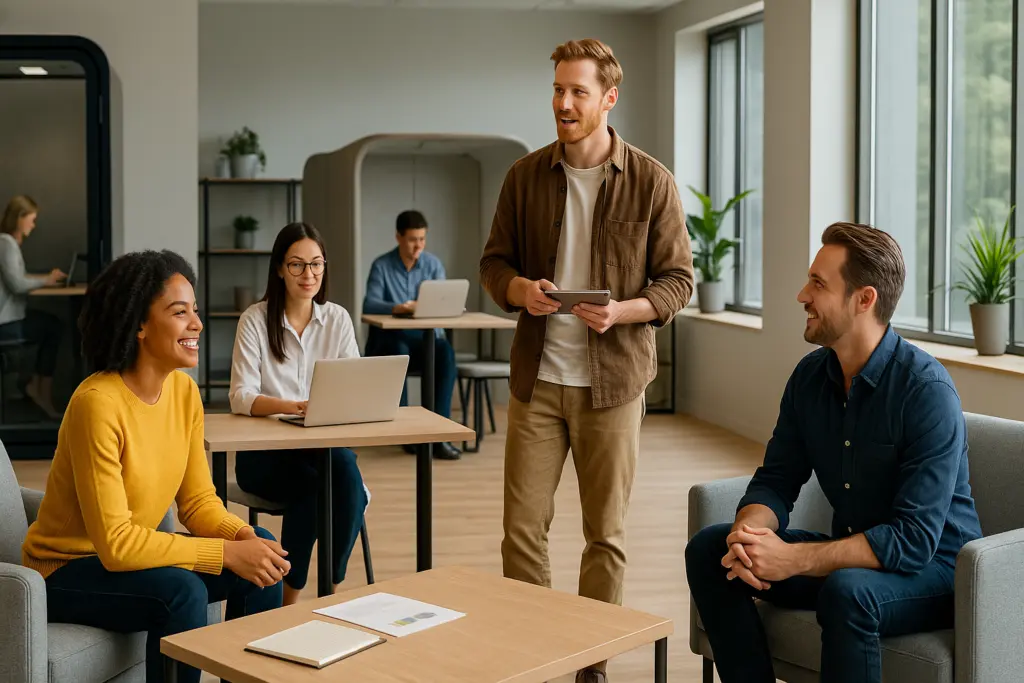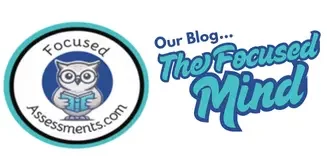Building Neuroinclusive Workplaces to Empower Neurodiverse Employees
Introduction to Neurodiversity in the Workforce

The employment landscape is shifting as more organizations recognize the value of diversity beyond traditional boundaries. Among the various types of diversity gaining attention, neurodiversity has emerged as a significant area of focus. Neurodiversity refers to the natural variations in the human brain and nervous system, resulting in diverse ways of thinking, learning, and processing information. This includes individuals with conditions like dyslexia, ADHD, autism spectrum disorders, and others.
Despite making up around 20% of the workforce, neurodiverse individuals face disproportionately high unemployment rates, nearing 40%. This gap highlights the need for workplaces that accommodate and celebrate these differences, rather than marginalizing them. Companies and initiatives have started to address this gap, aiming to create more inclusive and productive environments that harness the unique talents of neurodiverse employees.
Understanding Neurodivergence and Its Impact
Neurodivergence encompasses a broad range of neurological differences. People who are neurodivergent often think and experience the world in ways that diverge from the so-called “neurotypical” majority. This divergence can offer distinctive strengths, especially in realms such as creativity, problem-solving, and innovative thinking. While these talents are valuable, they may also present challenges, particularly in conventional settings that are not designed to accommodate diverse sensory and cognitive needs.
The impact of recognizing neurodivergence extends beyond individuals—it influences team dynamics, productivity, and overall workplace culture. Workplaces that understand and support neurodiverse employees often see enhancements in creativity and collaboration, benefiting the entire organization.
The Employment Challenges Faced by Neurodiverse Individuals

Neurodiverse individuals encounter several obstacles in traditional workplaces. Many standard office environments are built around a one-size-fits-all model that overlooks sensory sensitivities and diverse communication styles. For example, open-plan offices might be overwhelming due to noise and visual distractions, while typical lighting may cause discomfort.
Such environments can hamper performance and even lead to job loss or underemployment. Additionally, some hiring processes and performance evaluations may not accurately reflect the capabilities or potential of neurodivergent candidates. These hurdles contribute to the higher unemployment rates within this group, underscoring the need for new approaches to hiring and workspace design.
MeSpace Initiative and Its Role in Neuro-Inclusive Workplaces
Addressing these challenges, MeSpace has emerged as a dedicated effort to build neuro-inclusive work environments. Based in Dallas, the company aims to transform how workplaces accommodate neurodiverse employees by designing customizable workspaces that cater to their unique sensory and cognitive needs.
Launched officially through a recent event, MeSpace focuses on unlocking the full potential of neurodiverse individuals. This initiative aims not only to enhance the success and productivity of these employees but also to promote innovation throughout the entire workforce. By offering spaces that can be tailored according to individual preferences, MeSpace envisions workplaces where diverse minds can thrive without the barriers usually posed by traditional office layouts.
Founder’s Vision and Background of MeSpace
Travis Hollman, founder and CEO of MeSpace, leads this mission with a personal and professional connection to neurodiversity. He is neurodivergent, diagnosed with dyslexia, and is also a father to a neurodiverse son. His background includes managing Hollman, Inc., a company renowned for manufacturing lockers for major sports organizations such as the NFL, NBA, MLB, and NHL.
Hollman’s experience in designing specialized storage solutions has translated into creating adaptable and encouraging spaces for neurodiverse employees. He believes that tailored work environments have the power to make the difference between an employee’s success and struggle in the workplace.
The Growing Trend of Neurodiversity Among Younger Generations
Recent research indicates a significant increase in neurodivergence diagnoses among younger generations. Over half of Generation Z identify as neurodiverse, with an even greater percentage within Generation Alpha. This shift suggests that the future workforce will include a larger proportion of individuals with diverse neurological profiles.
These younger neurodiverse workers bring strengths that align well with the evolving needs of businesses. They often excel in complex problem-solving and innovative thought processes, qualities highly sought after in a climate where artificial intelligence is automating routine tasks. Acknowledging and valuing these traits will be vital for organizations aiming to remain competitive and innovative.
Innovative Workspaces Designed for Neurodiverse Needs

Meeting the sensory and cognitive needs of neurodiverse employees requires reimagining traditional office spaces. MeSpace offers solutions that integrate aspects such as sound dampening, visual privacy, customizable lighting, and varied textures, each adjustable to individual preferences.
These innovations create environments where distractions are minimized and comfort is maximized. Employees can tailor their spaces, making it easier to focus, reduce sensory overload, and enhance well-being. Such adaptability contrasts sharply with uniform office settings, emphasizing personal ergonomics and inclusivity.
Customizing Work Environments for Sensory Requirements
Sensory sensitivities vary widely among neurodiverse individuals. Some may require quieter settings, others may prefer specific types of lighting or the ability to control environmental factors throughout their day. MeSpace’s approach makes customization a central feature, empowering users to modify their workspace according to what works best for them.
This might include adjustable partitions for visual privacy, noise control technologies, or surface materials that provide tactile comfort. Personal control over these elements reduces stress and supports concentration, allowing employees to contribute at their highest capacity.
Expert Insights on Neuro-Inclusive Workplace Design
Experts like Kay Sargent from HOK, a firm specializing in design and architecture, advocate for workplaces that support neuroinclusivity. Their research highlights how traditional office designs often overlook the needs of many employees, including sensory aspects such as noise and odors.
Neuroinclusive spaces benefit not only neurodiverse employees but also improve the experience for everyone. By reducing distractions and creating comfortable environments, all workers can feel better equipped to perform and engage. Organizations globally are recognizing this, adopting solutions that support diverse needs while boosting performance.
Benefits of Neuroinclusive Spaces for All Employees
Workspaces designed around neurodiversity principles enrich workplace culture universally. Beyond aiding neurodiverse individuals, such environments enhance concentration, reduce stress, and increase satisfaction among all employees. Companies adopting these principles often observe improvements in creativity and collaboration.
Flexibility in the workplace enables more inclusive participation, fostering a sense of belonging and mutual respect. When employees feel that their unique needs are respected, their motivation and loyalty tend to increase, ultimately benefiting the organization as a whole.
Conclusion and Future Outlook on Neurodiversity in Workplaces

The movement toward neuro-inclusive workplaces represents a transformative shift in how talent is nurtured within organizations. As more young people identify as neurodiverse, the demand for accommodating environments is expected to continue growing. Initiatives like MeSpace illustrate a practical response to these emerging needs.
Looking ahead, workplaces that prioritize personalized, sensory-friendly designs and embrace neurological diversity will be better positioned to attract and retain top talent. This inclusivity not only supports individuals but also enriches workplaces, fostering innovation and resilience in an ever-changing world of work.

Mona White is an educator and diagnostician in Denton with over 30 years of experience in Learning Disabilities Testing. As a mother of two neurodiverse sons—one with ADHD and one with Dyslexia—she brings both personal insight and professional expertise to every evaluation. Having navigated public, private, and homeschool education, Mona understands the unique challenges families face. Her approach is compassionate, thorough, and tailored to support lasting success for children and adults alike.

